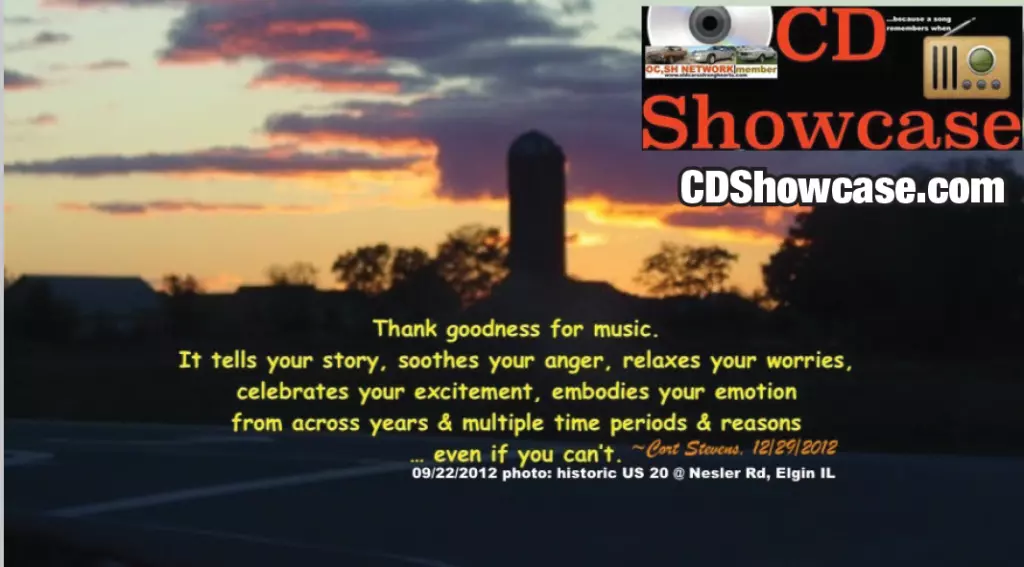Friday 3rd July 1970
The last Volvo Amazon was produced. When introduced in 1950, the car was named the Amason (with an ‘s’), deriving from the fierce female warriors of Greek mythology, the Amazons. German motorcycle manufacturer Kreidler had already registered the name, and the two companies finally agreed that Volvo could only use the name domestically (i.e., within Sweden), modifying the spelling to Amazon. Subsequently, Volvo began its tri-digit nomenclature and the line became known as the 120 Series. The Amazon was originally manufactured at Volvo’s Lundby plant in Gothenburg and subsequently at the company’s Torslandaverken plant, which began operating in 1964. By the end of production, 234,653 four-door models, 359,917 two-door models and 73,220 station wagons had been produced, of which 60% were exported; for a total of 667,791 vehicles. The Amazon sedan’s ponton genre, three-box styling was inspired by US cars of the early 1950s, strongly resembling the Chrysler New Yorker sedan and the Chrysler 300C hardtop Coupe. According to designer Jan Wilsgaard, the Amazon’s styling was inspired by a Kaiser he saw at the Gothenburg harbour. The Amazon featured strong articulation front to rear, pronounced “shoulders”, and slight but visible tailfins. These features became inspiration for Peter Horbury when reconceiving Volvo’s design direction with the V70 after decades of rectilinear, slab-sided, boxy designs.The Amazon’s bodywork was constructed of phosphate-treated steel (to improve paint adhesion) and with heavy use of undercoating and anti-corrosive oil treatment.Original specifications for the Amazon included the new Volvo B16 engine, a 3-speed manual gearbox (H6) and rear-wheel drive. In 1958 the sport model, Amazon Sport, was released and later the same year the Amazon became the first series produced car with a three-point safety belt in the front seats as standard. In 1962, Volvo introduced a two-door version, a five-door wagon, and the new B18 engine, deleting two-tone paint and upholstery. In 1965 the Amazon color-coordinated embossed vinyl upholstery and door panels became available. The new gearbox selections were the three-speed M30 (briefly offered with an automatic electric clutch), the four-speed M40 and the M41 with four-speed and overdrive. The M31 gearbox was also introduced in 1961 but was only available that year (a three-speed fully synchronized gearbox with overdrive on both second and third direct gears). Gearbox options on the 121 were the M30, M31 and M40 while gearbox options on the 122S were the M40 and M41 gearboxes. In 1964 the Borg-Warner BW35 three-speed automatic transmission also became available on the four-door and two-door.The station wagon (estate) version was introduced at the 1962 Stockholm Auto Show, and Volvo manufactured 73,000 examples between 1962 and 1969. The Amazon estate featured a two-piece tailgate, with the lower section folding down to provide a load surface and the upper section that hinged overhead. The vehicle’s rear license plate, attached to the lower tailgate, could fold “up” such that when the tailgate was lowered and the vehicle in use, the license plate was still visible. This idea was used by the original 1959 Mini. In recent years a similar arrangement was used on the tailgate of the Subaru Baja. The Amazon platform was used as the basis for the P1800 and 1800ES.






